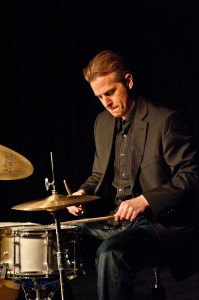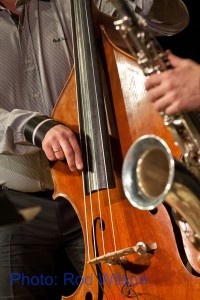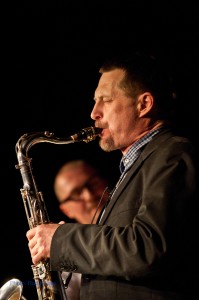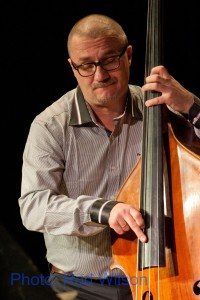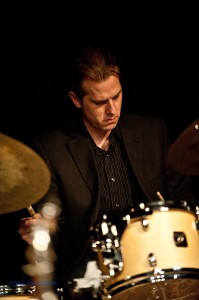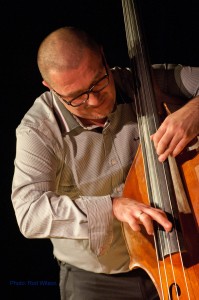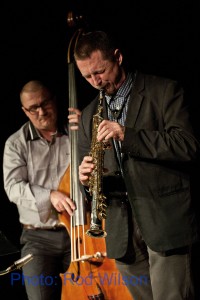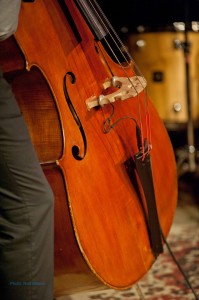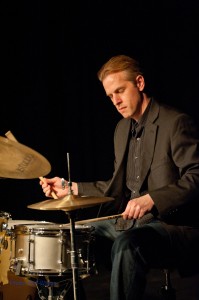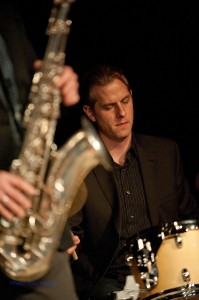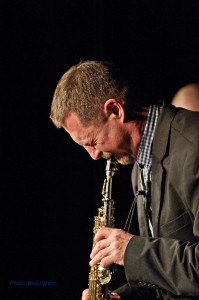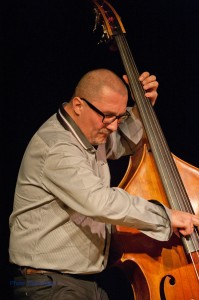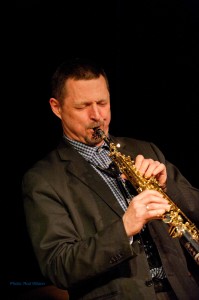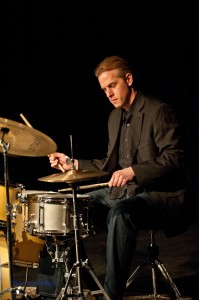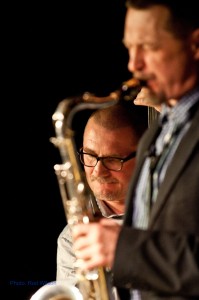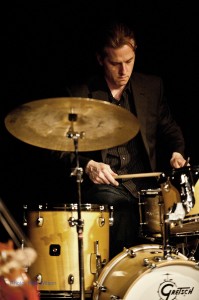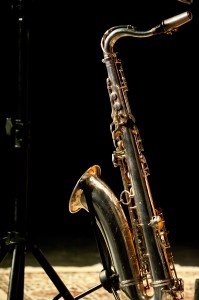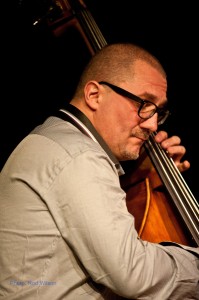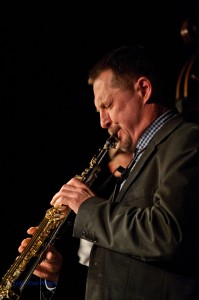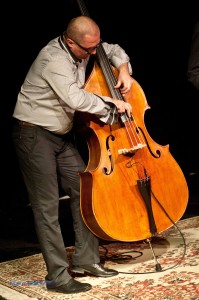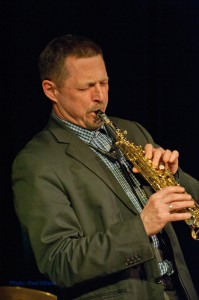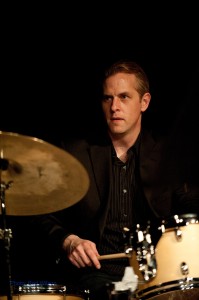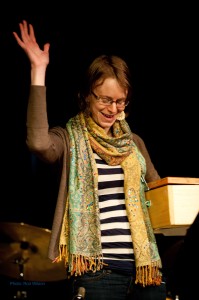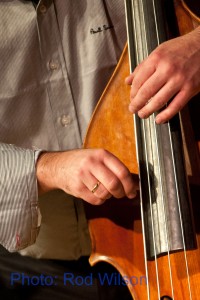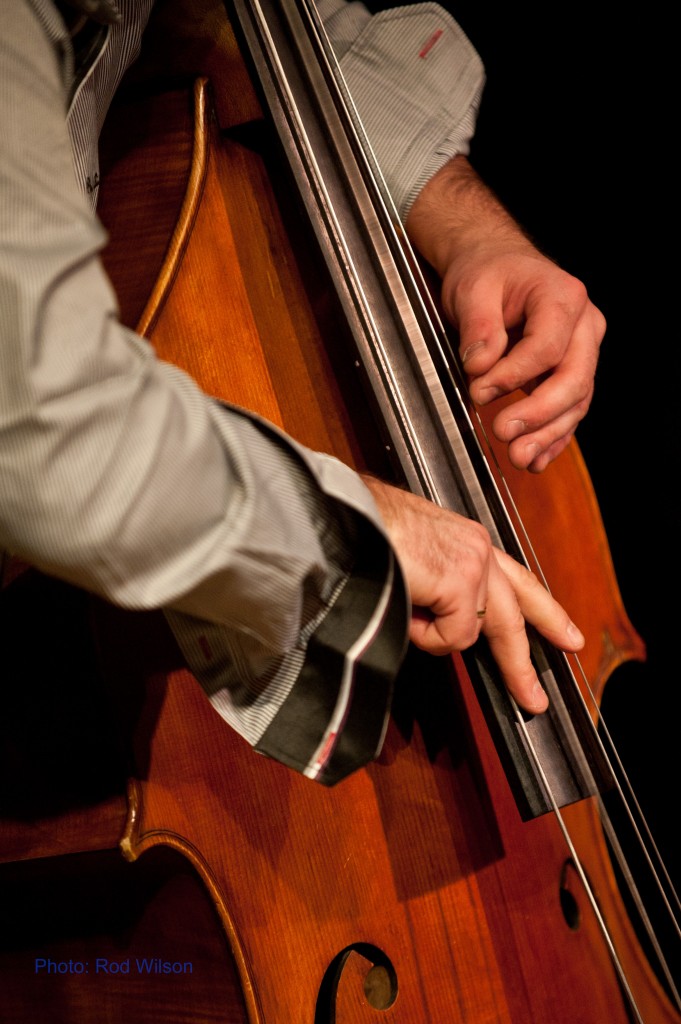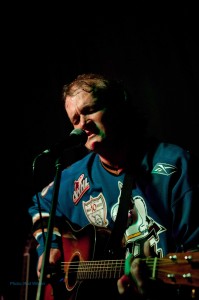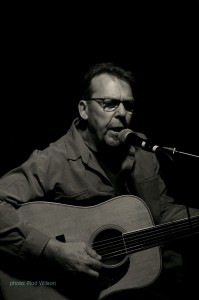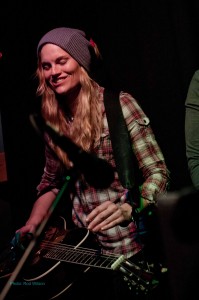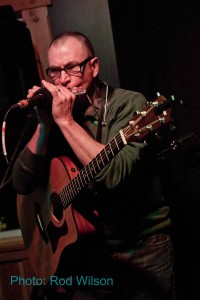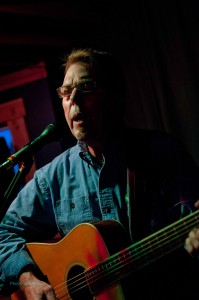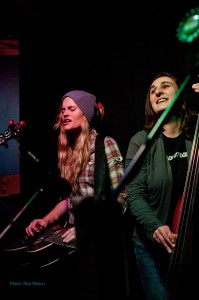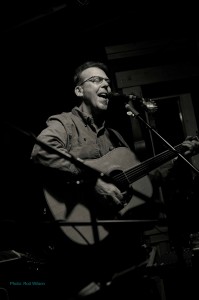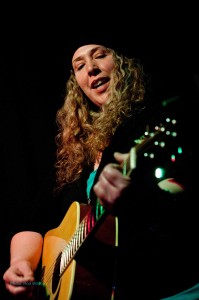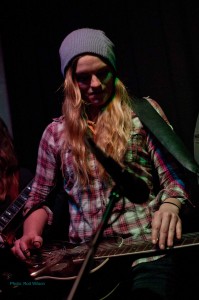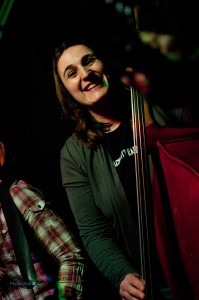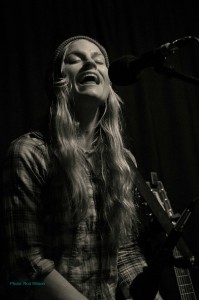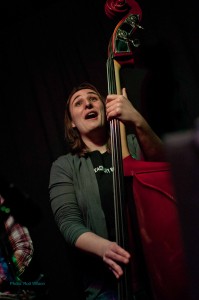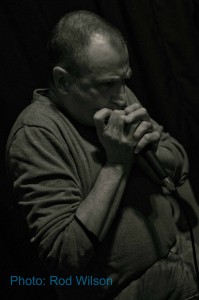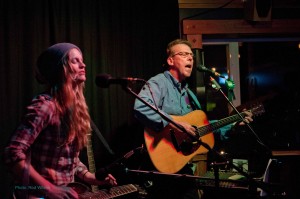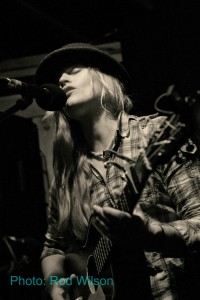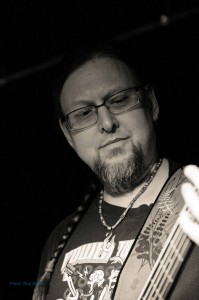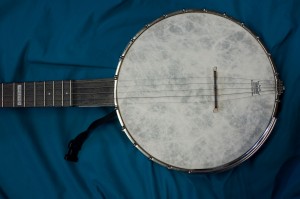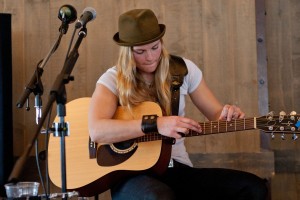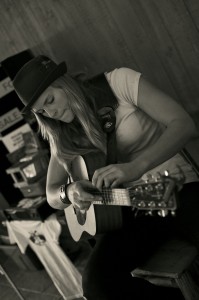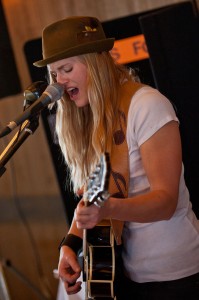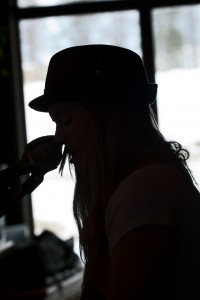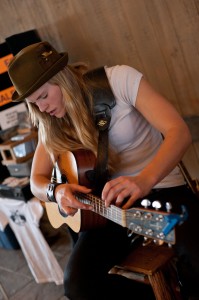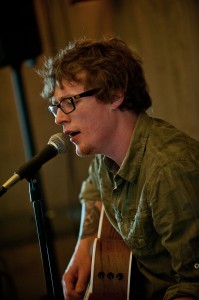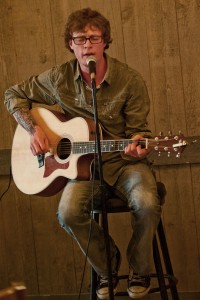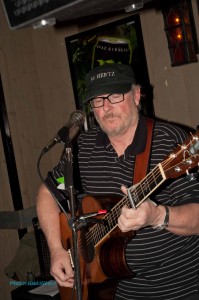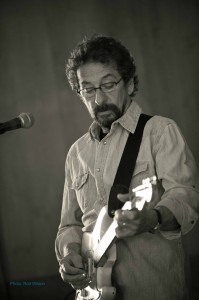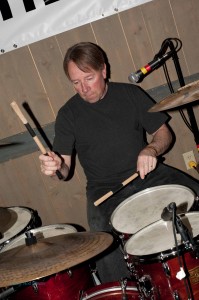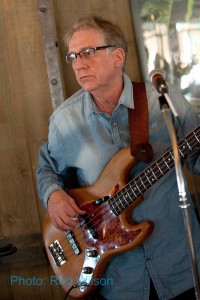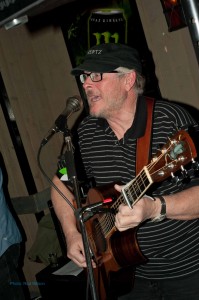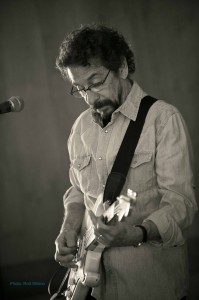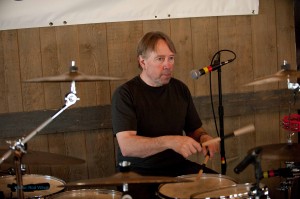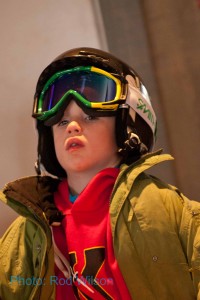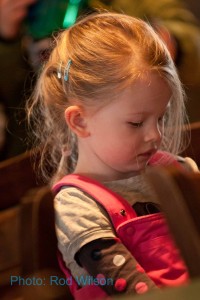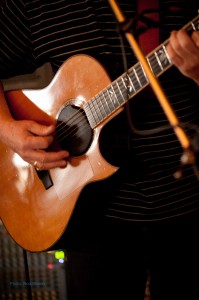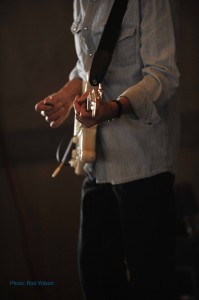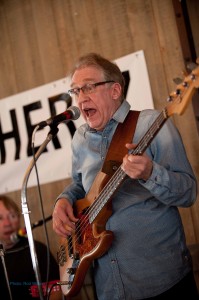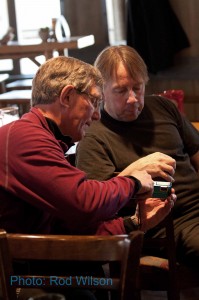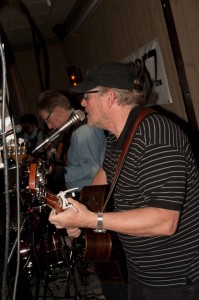Belle Plaine at the Driftwood Concert House in Kimberley, Thursday March 28th, 2013, 7:30 PM.
I hear tell that the geographical center of Canada is somewhere in Northern Ontario. I have no reason to doubt that. The Toronto/Montreal axis likes to think of itself as the cultural center of the country and that I very much doubt. Admittedly Gordon Lightfoot was from Ontario but I suggest the cultural center of of the country is somewhat west of the geographical center. After all, Neill Young and Joni Mitchell’s early geographical affiliations, before they made it in the US of A, were with the Canadian west. Over the years 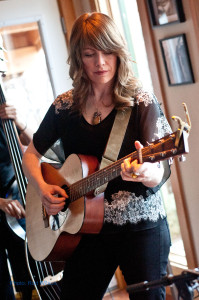 musicians from the cultural center still keep floating to the surface. Colin James was originally from Saskatchewan as was the monster blues guitarist Jack Semple. This week Kimberley was witness to performances by Alberta native Jake Ian at BJ’s Creekside Pub and Belle Plaine from Regina at the Driftwood Concert House. Once again proving that the center still holds. For this town the “House Concert” at the Driftwood Concert House was step, and a very successful one at that, outside the box. Jen and Darin Welch relocated from Smithers to Kimberley and as part of their resettlement plans was their desire to initiate a house concert series. The idea, while simple and straightforward, is not that new. House concerts have been a round for a long time and, with the decline in available performing venues, are gaining more widespread popularity. Jen and Darren organized a room in their house that was big enough to
musicians from the cultural center still keep floating to the surface. Colin James was originally from Saskatchewan as was the monster blues guitarist Jack Semple. This week Kimberley was witness to performances by Alberta native Jake Ian at BJ’s Creekside Pub and Belle Plaine from Regina at the Driftwood Concert House. Once again proving that the center still holds. For this town the “House Concert” at the Driftwood Concert House was step, and a very successful one at that, outside the box. Jen and Darin Welch relocated from Smithers to Kimberley and as part of their resettlement plans was their desire to initiate a house concert series. The idea, while simple and straightforward, is not that new. House concerts have been a round for a long time and, with the decline in available performing venues, are gaining more widespread popularity. Jen and Darren organized a room in their house that was big enough to 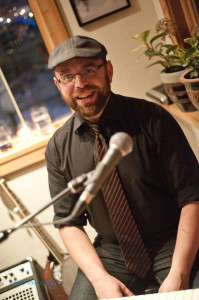 accommodate an audience for visiting musicians. For a percentage of the gate, a place to stay and food there are enough travelling musicians who are willing to perform in a respectful environment for audiences who are there to listen. Jen and Darin have scheduled three spring concerts in their Driftwood Concert House and the first ensemble through the door in the series was Belle Plaine with upright bassist Elizabeth (Beth) Currie and Keyboard / Banjo / Accordion player Jeremy Sauer. First of all their music is basically acoustic with some sound re-enforcement and the first thing that strikes one’s ear is the quality of the sound. The audience can hear (and see) everything. The acoustic environment for this group was perfect. The dynamic range of Belle’s voice was very much in evidence, the great intonation of Beth’s bass was right there underneath the vocals and the guitar and the tasty embellishments and accompaniments
accommodate an audience for visiting musicians. For a percentage of the gate, a place to stay and food there are enough travelling musicians who are willing to perform in a respectful environment for audiences who are there to listen. Jen and Darin have scheduled three spring concerts in their Driftwood Concert House and the first ensemble through the door in the series was Belle Plaine with upright bassist Elizabeth (Beth) Currie and Keyboard / Banjo / Accordion player Jeremy Sauer. First of all their music is basically acoustic with some sound re-enforcement and the first thing that strikes one’s ear is the quality of the sound. The audience can hear (and see) everything. The acoustic environment for this group was perfect. The dynamic range of Belle’s voice was very much in evidence, the great intonation of Beth’s bass was right there underneath the vocals and the guitar and the tasty embellishments and accompaniments 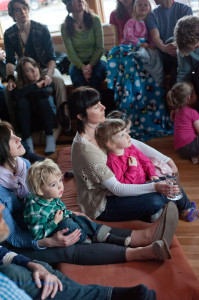 of Jeremy’s Keyboards literally sparkled. There was time when their repertoire would have been considered mainstream but in this day and age of “classic rock” the material offered was definitely towards the jazzy side. In addition to an infatuation with the music of Tom Waitts there was the music of Nina Simone, Peggy Lee (You’re So Right), Town Van Zandt (Panch and Lefty), some old Bessie Smith (No Body Knows you When you are Down and Out) and a sprinkling of country, traditional (Wayfaring Stranger) and original material. The music was masterful and well crafted. These musicians obviously spend a lot of time on their arrangements and polishing their performance. The music had lots of space, an element that is missing in a lot of performances these days, and sonic variety. The audience, while mostly young families, was attentive and varied. Who could know that a bunch of very young children, and adults for that matter, could be so well behaved?
of Jeremy’s Keyboards literally sparkled. There was time when their repertoire would have been considered mainstream but in this day and age of “classic rock” the material offered was definitely towards the jazzy side. In addition to an infatuation with the music of Tom Waitts there was the music of Nina Simone, Peggy Lee (You’re So Right), Town Van Zandt (Panch and Lefty), some old Bessie Smith (No Body Knows you When you are Down and Out) and a sprinkling of country, traditional (Wayfaring Stranger) and original material. The music was masterful and well crafted. These musicians obviously spend a lot of time on their arrangements and polishing their performance. The music had lots of space, an element that is missing in a lot of performances these days, and sonic variety. The audience, while mostly young families, was attentive and varied. Who could know that a bunch of very young children, and adults for that matter, could be so well behaved?
Conversations with a bass player: Beth Currie plays a Yamaha Silent Bass with a Galleon-Kruger amp. This is an electric stand up bass and apart from the unit built by Kimberley’s Dave Carlson it is a pretty rare beast in this area. Traditional acoustic bass players tend to look down on their electric counterpart. Beth is a player of wide experience, including symphonic work, and owns a symphonic bass that costs a small fortune and 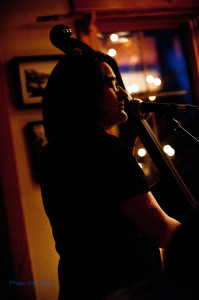 has consumed most of her disposable cash over the purchase years. As Beth explains it “traditional basses are huge wooden boxes designed to produce and bolster the sound at the bass end of the spectrum. They were never meant of be amplified”. The invention of the bass guitar in the late 50’s killed off the manufacture of reasonably priced acoustic basses. In a few short years the bass guitar became the standard in pop music. “Early attempts to develop an amplified stand up bass were hampered by the overtly bass guitar sound that was the end product. That appears to have been overcome and the newer generation of electric stand-up basses are coming into their own. They have good “acoustic” sound, they are robust and they are easy to transport”. In recent years there has been a notable resurgence in the use of upright bass in all fields of music. The emergence of reasonably priced acoustic-sounding electric models will, no doubt, accelerate, the reintegration of stand up bass into the music world.
has consumed most of her disposable cash over the purchase years. As Beth explains it “traditional basses are huge wooden boxes designed to produce and bolster the sound at the bass end of the spectrum. They were never meant of be amplified”. The invention of the bass guitar in the late 50’s killed off the manufacture of reasonably priced acoustic basses. In a few short years the bass guitar became the standard in pop music. “Early attempts to develop an amplified stand up bass were hampered by the overtly bass guitar sound that was the end product. That appears to have been overcome and the newer generation of electric stand-up basses are coming into their own. They have good “acoustic” sound, they are robust and they are easy to transport”. In recent years there has been a notable resurgence in the use of upright bass in all fields of music. The emergence of reasonably priced acoustic-sounding electric models will, no doubt, accelerate, the reintegration of stand up bass into the music world.
Thanks should go to the performers and Jen and Darin Welch for a very enjoyable and successful beginning to the Driftwood Concert House Spring season.
@@@@@@@@@@@@@@@
The Next house concert at the Driftwood Concert House will on Friday April 19th featuring – David Newberry w/ The Nautical Miles – $12. Contact Darin Welch [driftwoodconcerts@gmail.com].

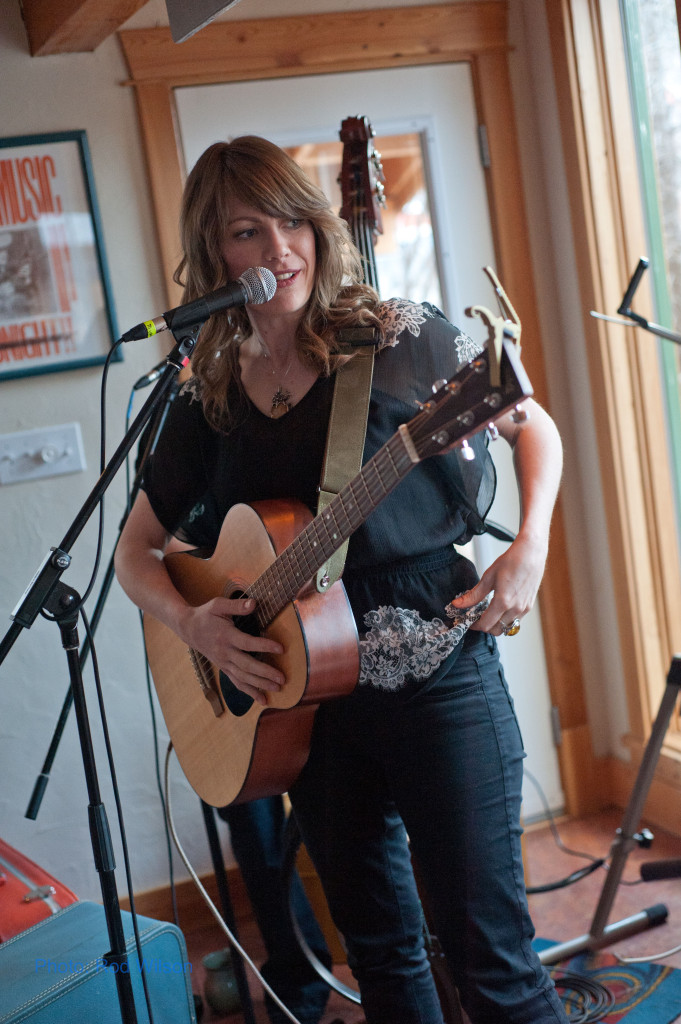
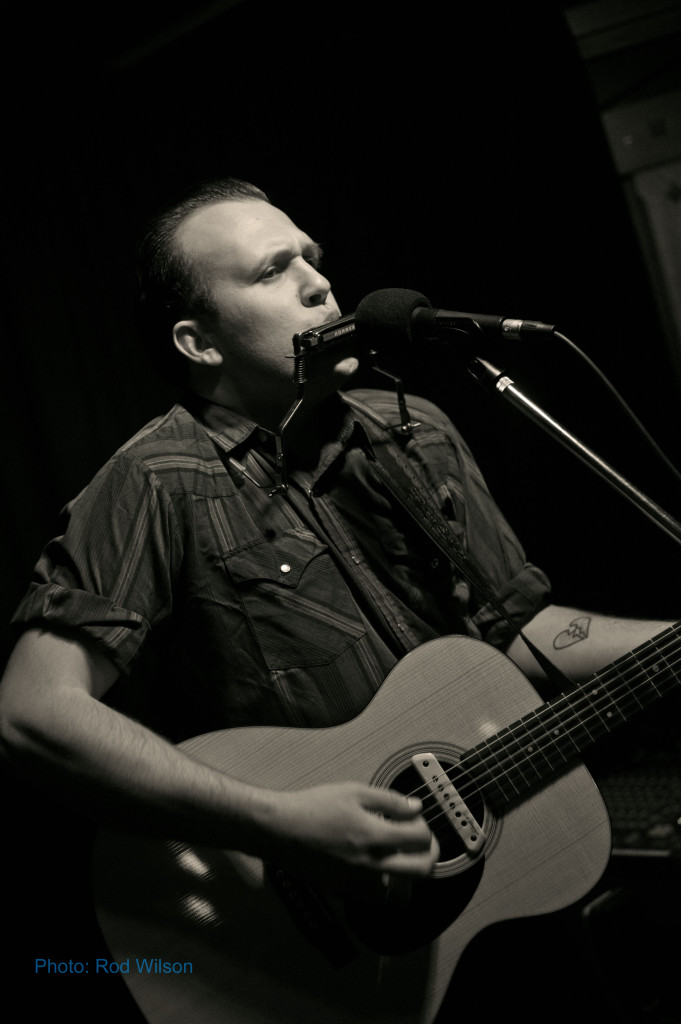
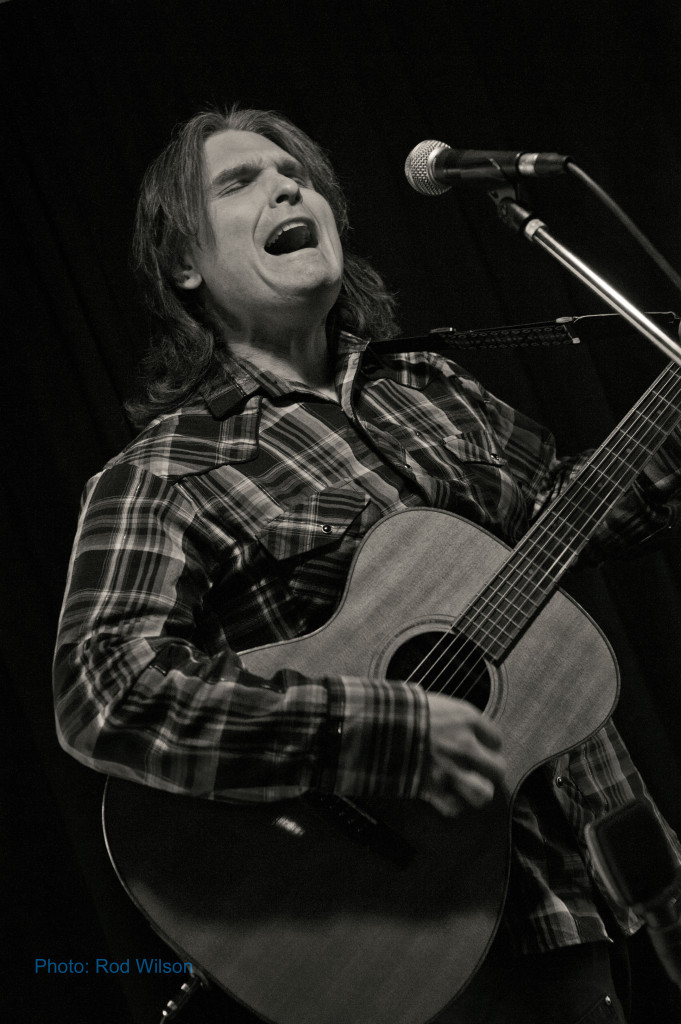
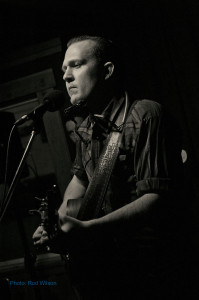
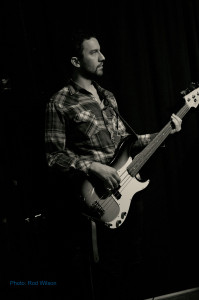
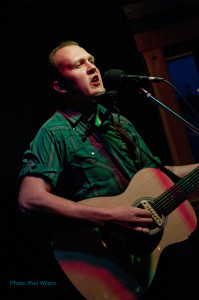
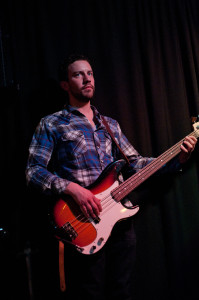
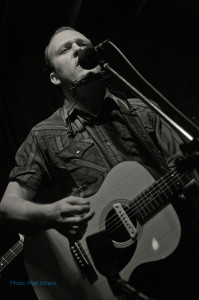
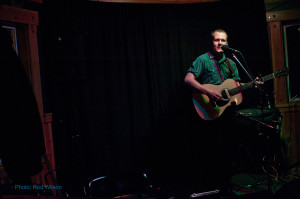
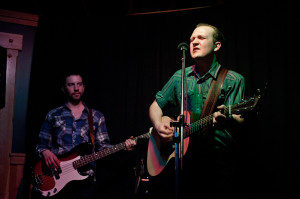
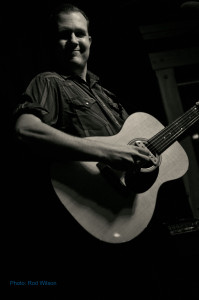
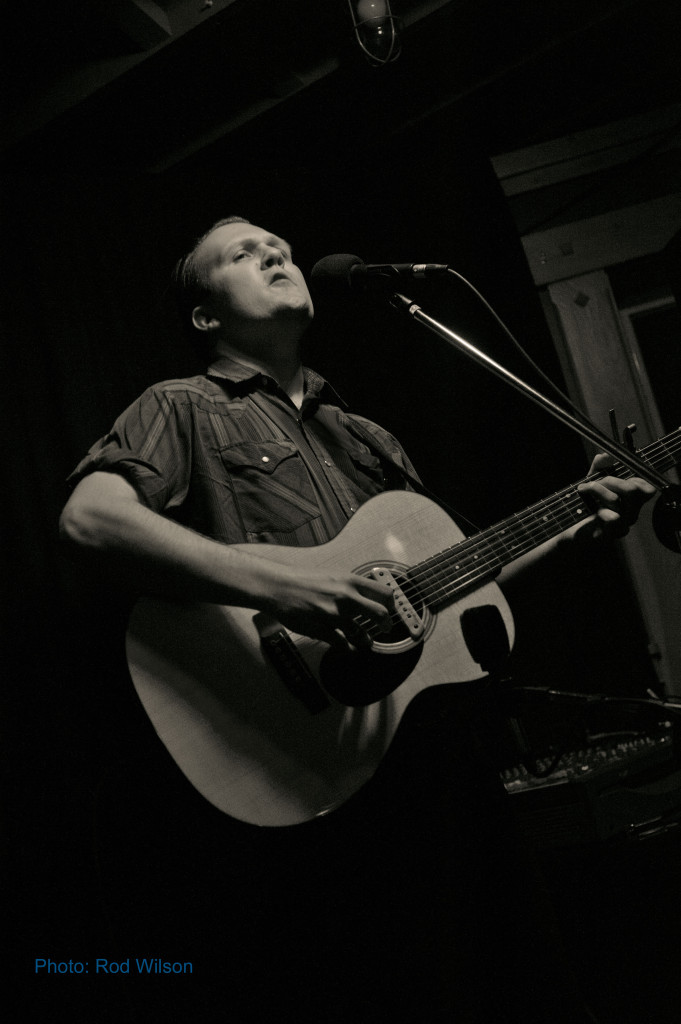
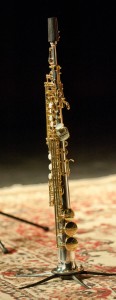
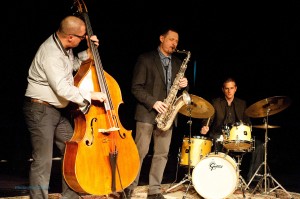
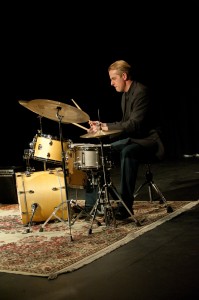
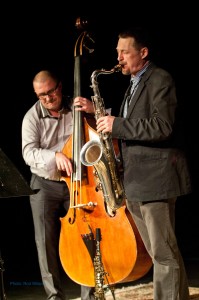 You Don’t Know what Love Is and John Coltrane’s classic harmonic tour de force Giant Steps) were included. You Don’t Know What love is had an interesting twist – they played it in “7’s”- I guess that means 7/8 (count 1,2 -1,2 – 1,2,3 or some variant there of). Jazz, and for that matter most music, does not belong on a concert stage. It belongs in a small intimate setting such as a club or a civilized bar. Failing that then Centre 64 is the next best thing. The sound was good, the lighting great, the setting perfect and the music superb. This was the first concert in a three concert series sponsored by the Kimberley Arts Council. Over the next couple of weeks there will be two more concerts in the series. The next one will feature
You Don’t Know what Love Is and John Coltrane’s classic harmonic tour de force Giant Steps) were included. You Don’t Know What love is had an interesting twist – they played it in “7’s”- I guess that means 7/8 (count 1,2 -1,2 – 1,2,3 or some variant there of). Jazz, and for that matter most music, does not belong on a concert stage. It belongs in a small intimate setting such as a club or a civilized bar. Failing that then Centre 64 is the next best thing. The sound was good, the lighting great, the setting perfect and the music superb. This was the first concert in a three concert series sponsored by the Kimberley Arts Council. Over the next couple of weeks there will be two more concerts in the series. The next one will feature 